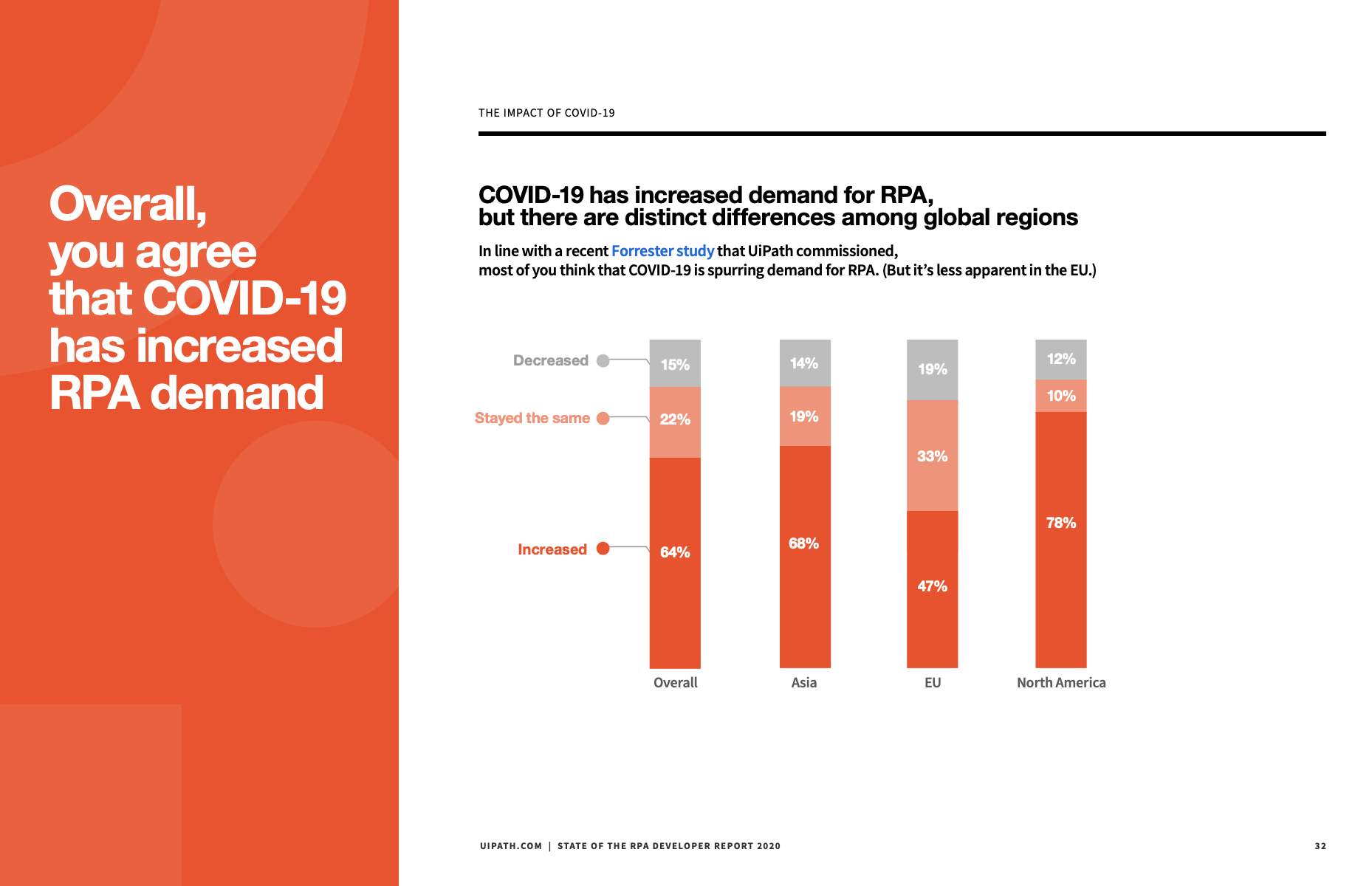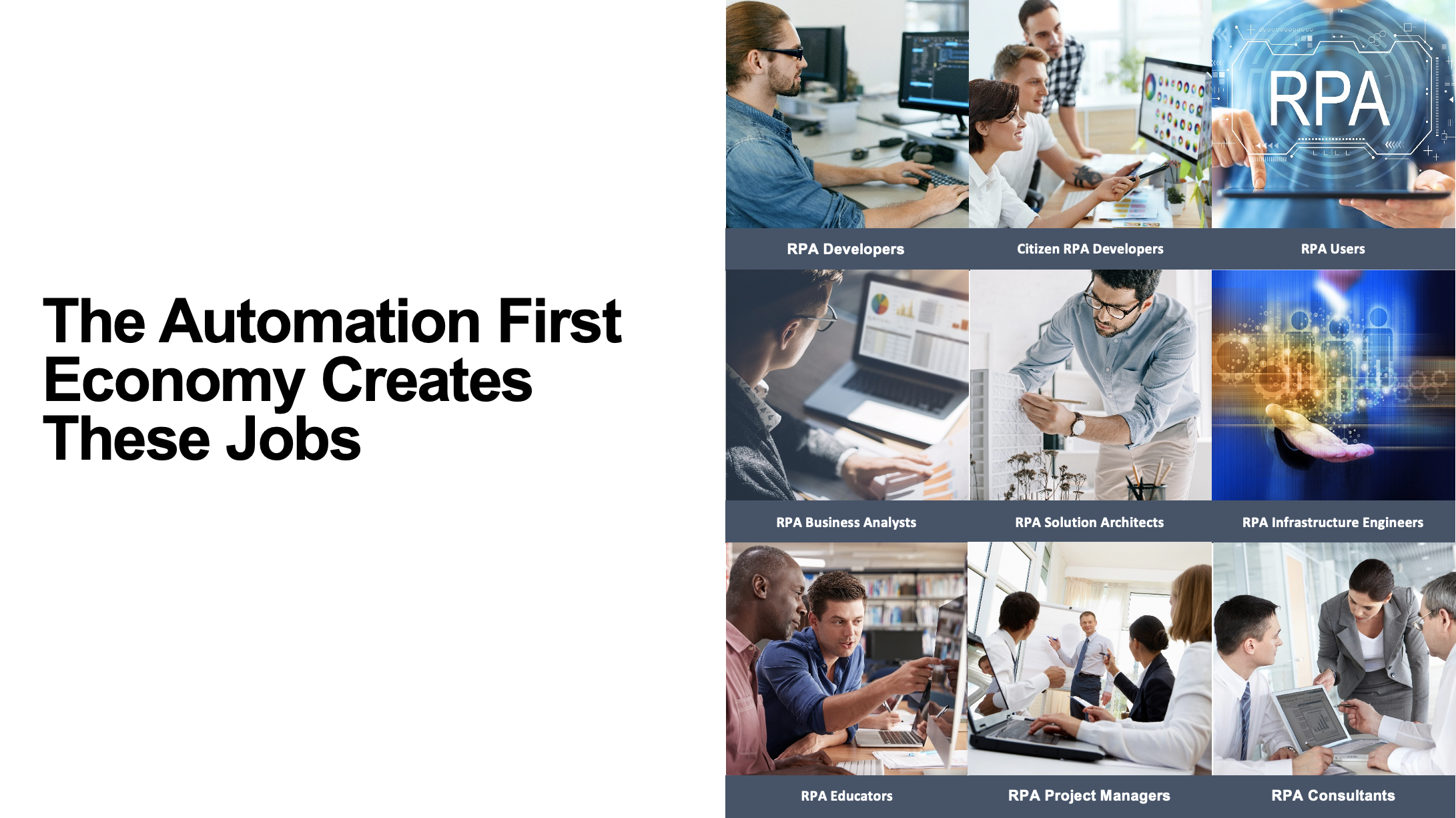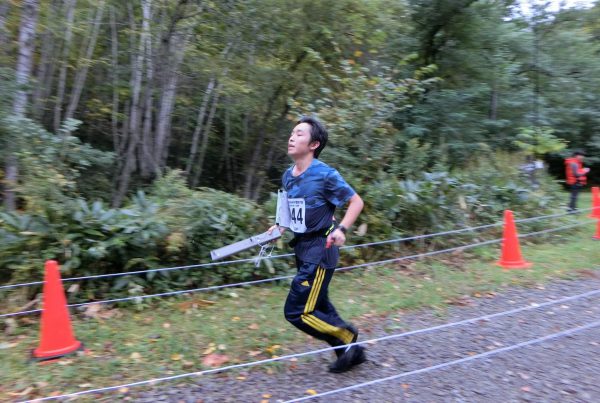As automation becomes a fixture in today’s business environment, the need to train tomorrow’s workforce with skill sets enabling them to work with these new tools has become more important than ever. To keep pace with the rapid changes in technology, the Nagaoka University of Technology (NUT) has offered an ‘Introduction to Robotic Process Automation for Businesses’ to help students understand how to best use this technology and apply it to their personal and future employers’ advantage.
The Role of Educational Institutions
Automation has already impacted businesses and will continue to do so in the years to come. According to a report by McKinsey and Company on emerging and disruptive technologies, it is predicted that automation technologies, including robotic process automation (RPA), will have a potential economic impact of nearly $6.7 trillion by 2025. Its impact will exceed other technologies such as 3D printing, cloud technology and autonomous vehicles (only behind the rise of the mobile Internet).
Also in the past year, COVID-19 has accelerated automation as a means to support business continuity. As government regulations such as lockdown, remote work, or reduced contact are enforced, businesses have started to look at automation not only from a cost efficiency standpoint, but also as a means to secure their supply chain, and ensure the health and safety of their customers and employees.
For organizations now and in the future, this means that they need to look for talents who have the skills and capabilities to fill automation-related roles. Alok Shrivastava, UiPath’s VP of Technical Enablement and Academic Alliance, believes that more than 100 million new jobs will be created by AI and automation in the future. For the existing workforce, this means that they need to be retrained to work alongside automation.
Educational institutions are part of this equation as they have the means to prepare students, enable them, and make them successful as they enter the workforce.
Teaching RPA at NUT
At NUT, we teach Robotic Process Automation from the lenses of a business analyst and an RPA developer. From the point of view of an RPA business analyst, students are taught how to do an end-to-end RPA project implementation from data gathering and analysis of processes that are fit for RPA, scoping and prioritization, feasibility assessment, and the business and financial impact of delivering an RPA solution to an organization.
Students are asked to think about repetitive processes and tasks (often seen as boring and time-consuming), both in the professional and in their personal lives. Through hands-on exercises, they learn and experiment with the technology and create their own software robot “assistants” to help them do faster research, search information online, get automatic notifications, or organize their files. By delegating these types of tasks to robots, students can focus more of their time and attention to performing experiments, doing research, discussing with their mentors, connecting with peers, etc.
Because the program exposes them to two in-demand tracks, students also walk away with an additional tool to their portfolios which help them prepare for an automated future of work.
Use Case
Because most of the students admitted at the university are PhD students, students from one RPA class challenged themselves to think of a software robot that can help their fellow students in their post-doctoral life. Since almost all of the students spend a fair chunk of their time reading texts that are part of research life, the team of Keita Ohata created a robot that will pull the abstracts from previous research materials.
The Challenge
It is no secret that PhD students need to read a lot. A large chunk of their reading time occurs when they need to prepare and submit a literature review. This section provides an overview of the previously published works on a specific topic. And students usually begin by reading the abstract to determine the main points of the study. This is quite an intensive process for students as extensive reading needs to be conducted to situate the current study within the body of the relevant literature.
The Solution
The robot that Keita’s team created is capable of doing this for the student. Give this robot the name of the topic and it will scan the designated website for the abstracts, and automatically send the results in a CSV file. The robot can do this multiple times saving the researcher the whole process of typing a keyword, opening each tab, and copying and pasting the research abstracts to an Excel file.
The Result
Because the robot takes care of the manual process, a research student can convert the time saved into reading the materials right away, analyzing the important points, and reviewing how it can be used in their research program. What previously took minutes or hours to complete was done by the robot in seconds.
Future of Work
AI and automation technologies is expected to continue to grow exponentially. Today, businesses and individuals who have harnessed its potential have done quite amazing things with the help of robots and automation. As these automation technologies become easier, more user-friendly, and more intuitive, today’s users are expected to use software robots on a personal level to make their day-to-day work more efficient, enabling them to work faster and smarter.
Even if the manual processes appear on a personal level, and individually, are smaller in scope, learning how to automate them through RPA can still lead to increased personal productivity, opportunity to learn new skills, a better fit of work to human strengths, and a ticket for a rewarding future.
Main image Source: Mitrais












